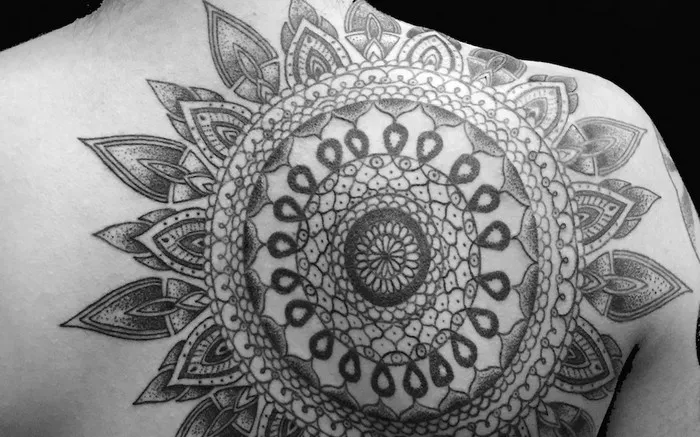After years of deliberation, I finally got my first tattoo—a small lizard with a topological map design on my left ankle. This intricate artwork is by my talented cousin and artist, Ally Easter.
As I lay on the bed, I couldn’t help but wonder how this tattoo would stay on my skin forever. As a third-year graduate student studying the immune system, I was curious about the science behind it, especially the immunology involved.
Tattoo guns function like small, electrified hammers. At the tip, a cluster of needles of varying thickness punches into the skin repeatedly. Our skin, the body’s largest organ, serves as a primary barrier against the external environment.
Tattoo needles pierce through the epidermis, the skin’s outer layer, and deliver ink into the dermis below. This is crucial because the epidermis sheds about 5 billion cells daily, while the dermis, rich with immune cells, retains the ink.
The dermis is teeming with immune cells that react to any foreign substance, including tattoo ink. This ink, often made from heavy metals, triggers an immune response due to the injury caused by the tattoo needles. While the wounds heal, the ink stays.
Macrophages, large immune cells that ingest foreign particles, play a key role here. They engulf the ink particles but can’t break them down completely. These ink-filled macrophages eventually die and release the pigment, which is then taken up by new macrophages. This cycle repeats, keeping the tattoo visible.
Recent research has shown that young macrophages, called monocytes, quickly move to the dermis, ingest the released pigment, and maintain the tattoo’s appearance. This ongoing process explains why tattoos persist beyond the lifespan of individual macrophages.
Macrophages also help by forming barriers around larger ink particles that can’t be fully absorbed. This containment strategy further ensures the ink remains in place.
Over time, tattoos do fade due to the dispersion of pigment particles as stained macrophages die and new ones take over. This causes the colors to dim and lines to blur.
Laser tattoo removal is a common method to eliminate tattoos. Short pulse lasers break the ink into smaller pieces that can be cleared by immune cells. Multiple laser sessions can gradually remove the tattoo, though complete removal can be challenging due to the macrophage cycle. Combining laser treatment with macrophage depletion has been suggested to improve results.
Despite the difficulty macrophages face in removing tattoo ink, their efforts are remarkable. The lizard on my ankle, with its winding lines, symbolizes the persistent and tenacious nature of these immune cells.

